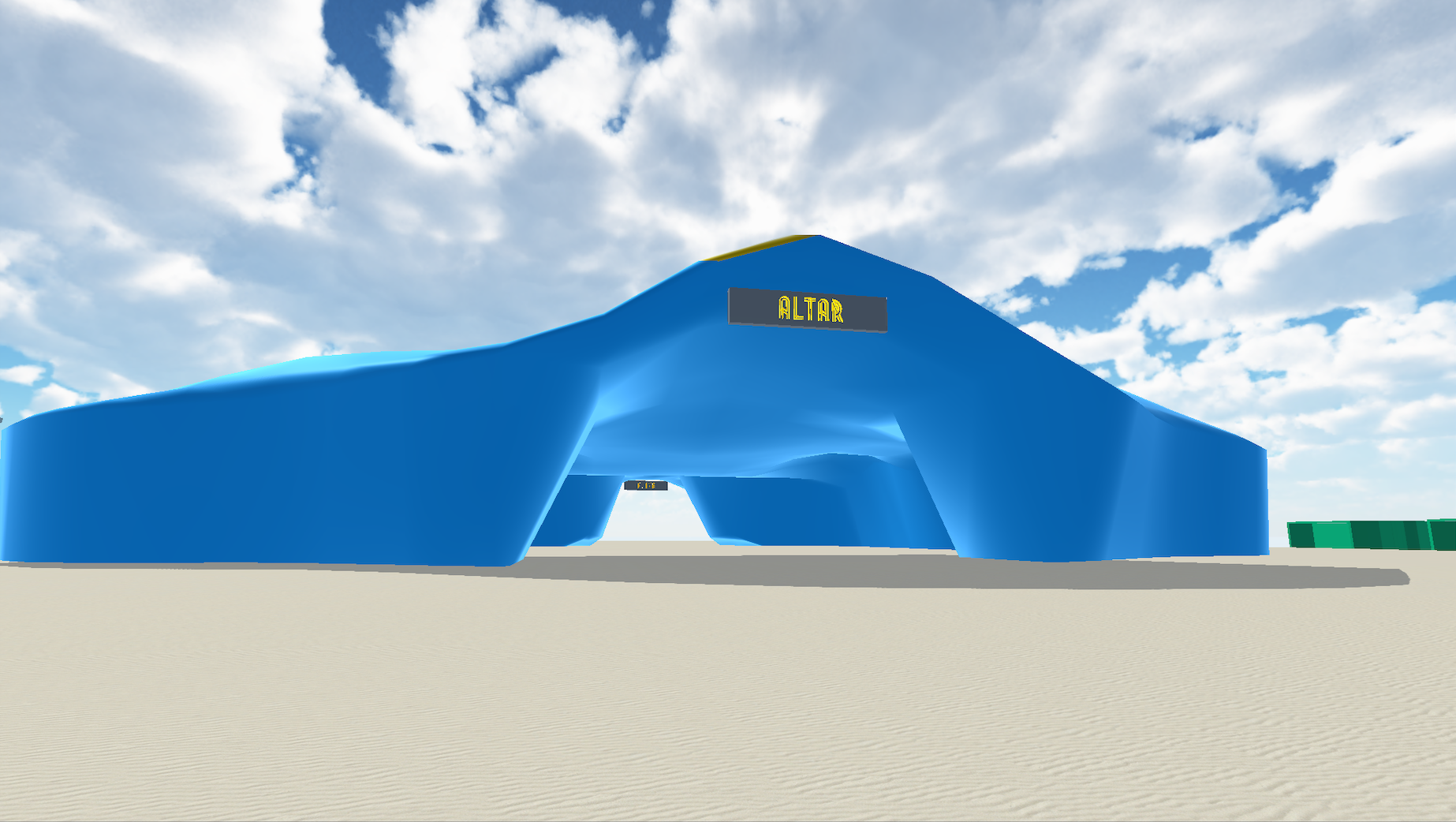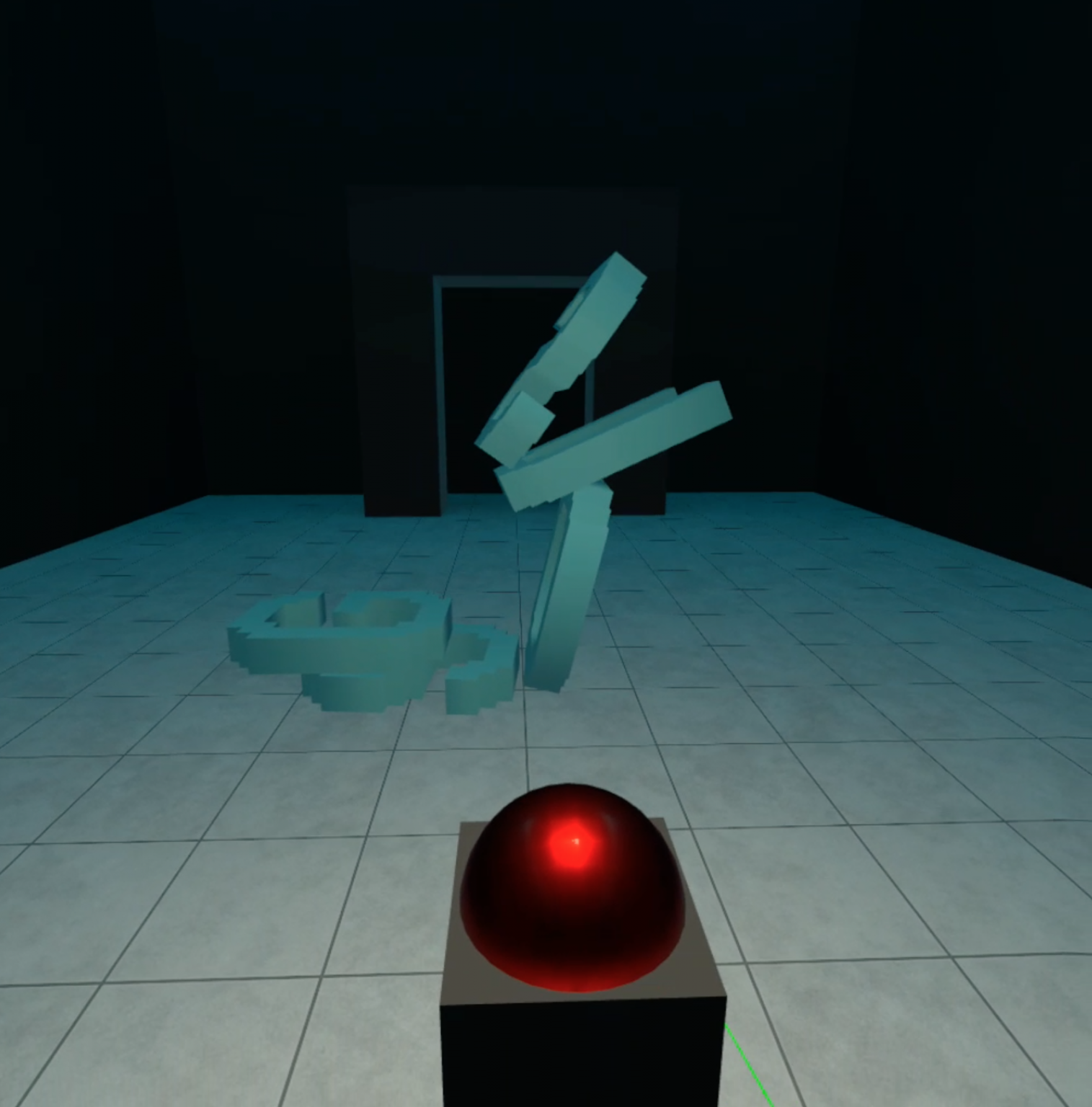Challenge
The challenge was to design an open-world VR environment that not only served as an engaging space but also enhanced comprehension and interaction with scholarly articles. Working alongside a team of developers and project manager Dr. Patrick Pennefather (Professor at the University of British Columbia and the Centre of Digital Media), I was responsible for crafting a unique visual identity that represented a forgotten, futuristic cityscape. My role as a Visual Design Advocate required me to: develop a distinct aesthetic that evoked a sense of isolation and discovery within a wasteland environment, create low-poly, rapidly prototyped assets to maintain performance while preserving artistic depth, design user interactions that aligned with the narrative and thematic vision of the project, balance the surrealism of the VR world with recognizable elements that grounded users in the experience. One of the main design challenges was finding the right balance between abstraction and realism to enhance the storytelling aspects of the project while ensuring a seamless user experience.
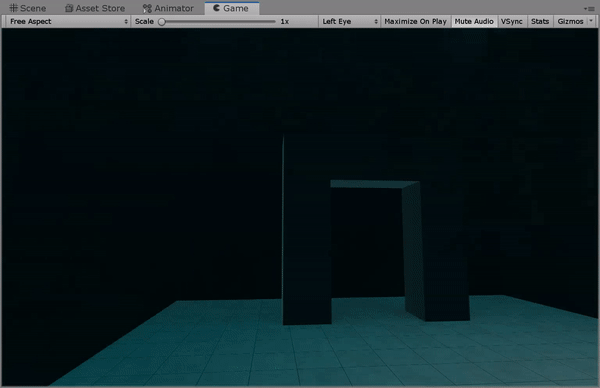
Deliverables
AI-generated skyboxes combined with simple 3D geometry to create various imaginary landscapes inspired by the poem’s settings. A scrolling mechanism that triggered environmental changes, allowing users to feel as if they were journeying through the poet’s vision. A lightweight yet visually rich scene, designed to maintain smooth performance on mixed reality headsets.

Inspiration
My design process began with assembling a mood board that captured visual themes relevant to the project. I explored various real-world desert landscapes, cultural phenomena like Burning Man, and post-apocalyptic architectural styles to inform the artistic direction. A key concept I introduced was the juxtaposition of desert landscapes with futuristic city structures, creating a surreal blend of urban decay and vast emptiness. Another experimental approach involved integrating marine-inspired elements into the dry wasteland—contrasting the rigid, barren environment with fluid, organic forms reminiscent of stingrays and ocean currents. This interplay of opposing themes added an element of irony, reflecting the intersection of scholarly research and cutting-edge VR technology.
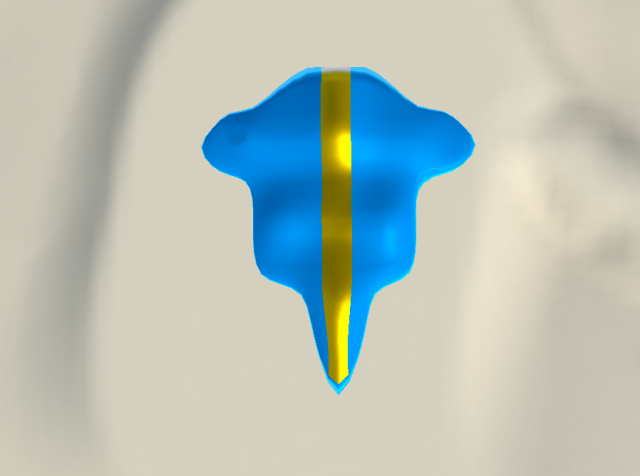
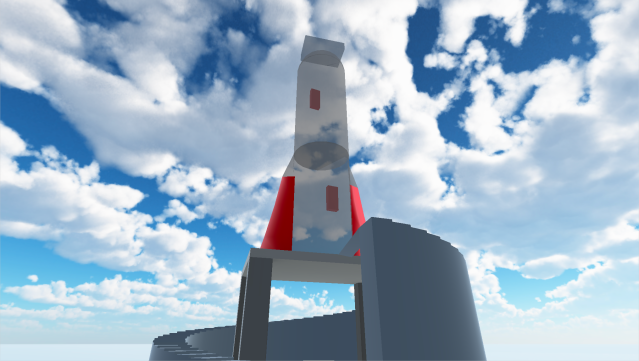
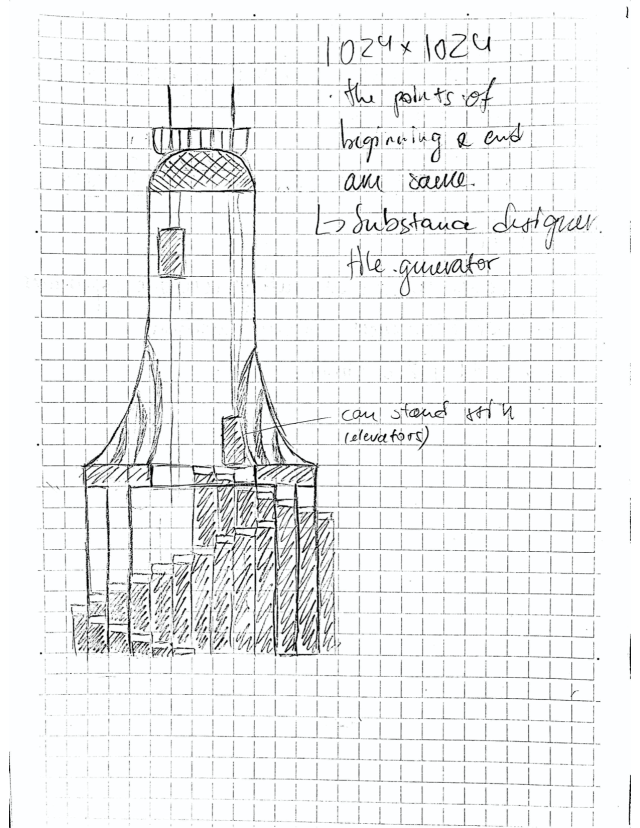
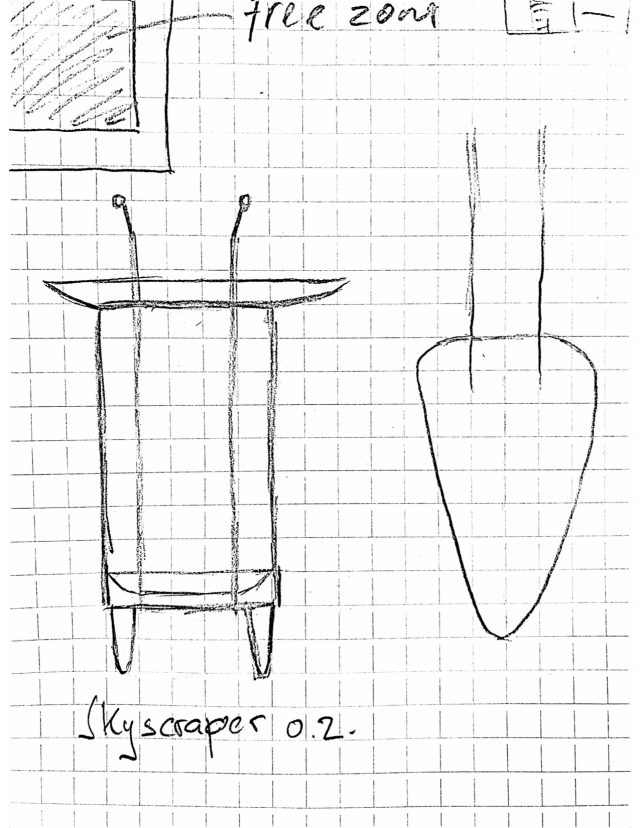
Process
Through an iterative process of sketching and prototyping, I explored various architectural and environmental designs that reinforced the project’s core themes. Several iterations of structures and landscapes were tested to fine-tune the overall mood and aesthetic. The final design included: An expansive open-world setting that encouraged free exploration. Low-poly yet visually striking structures that merged elements of modern architecture with wasteland aesthetics. Interactive zones where users could engage with scholarly content in a non-traditional format. A fluid navigation system that allowed seamless movement through the virtual space. My work received positive feedback from representatives at the University of British Columbia, who noted parallels between my visual style and the university’s architectural designs. This interplay of opposing themes added an element of irony, reflecting the intersection of scholarly research and cutting-edge VR technology.
Achievements
Scholarly VR became a creative playground where I pushed the boundaries of virtual environment design. The project reinforced my understanding that even the most unconventional ideas can be successfully integrated into interactive experiences if they align with the core user experience. Key takeaways from the project include: The importance of blending diverse visual influences to create compelling virtual spaces. The effectiveness of low-poly design in maintaining performance while achieving artistic depth. The ability to mix seemingly unrelated concepts—such as marine life and deserts—to craft unique and thought-provoking environments. Throughout the development process, I played a crucial role in brainstorming new ideas, refining artistic direction, and fine-tuning details before the final showcase. The team relied on my ability to translate complex concepts into clear, visually compelling solutions. Scholarly VR remains one of my most exploratory projects, and I look forward to revisiting and expanding upon its ideas in the future.
